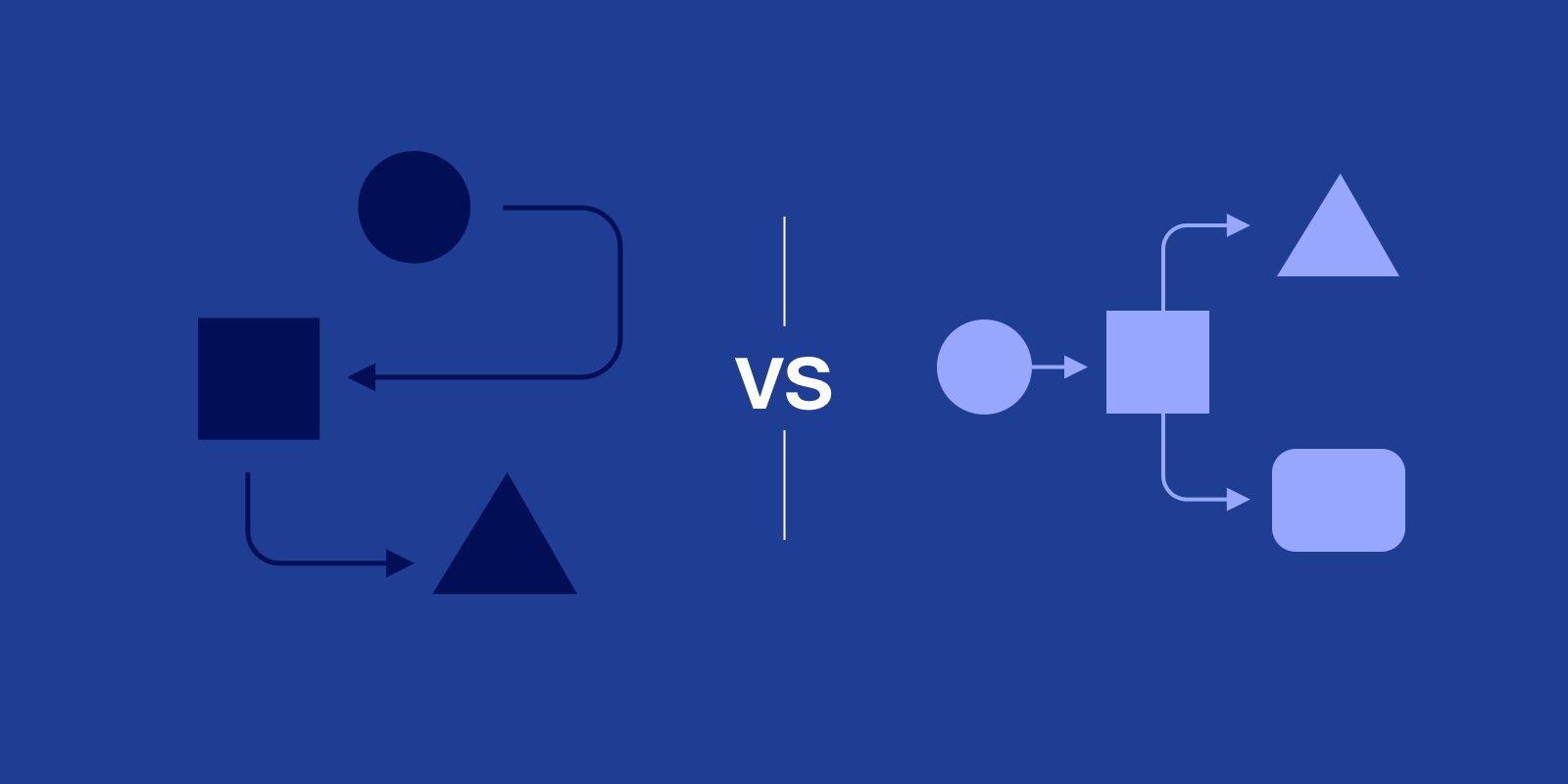
Let’s start with the basics: What is a process?
The truth is, every business is different and has a different interpretation of “process”.
However, one thing remains true: building, maintaining, and managing processes is an ongoing challenge. But that doesn’t mean it is any less important. In fact, building and managing processes are absolutely essential to scaling any business. The best way to approach this is to combine both projects and process management.
But what exactly is a process, and how do you build one? Before we get too deep, let’s dive into a quick vocabulary lesson.
What is a Process?
A process is a set of repeatable activities that need to be carried out to accomplish or reach a higher-level organizational goal.
Processes should bring value to repetitive tasks or activities and help to complete a larger or specific organizational goal or align with an overarching business strategy.
3 Different Types of Processes
-
Operational Process
This is typically an end-to-end or cross-functional process. This type of process involves events that trigger the start of a process. This could be through a series of completed tasks or activities that occur in a specific order, or that are completed at any point in time during the process, and that drives a specific outcome.
End-to-end or cross-functional processes tend to involve multiple activities, multiple participants or stakeholders, and that complete a specific set of tasks within specific milestones.
-
Supporting Process
These are the processes that work “behind the scenes”, such as a crew on a cruise ship, or a flight crew that prepares an airplane for take-off. These processes are what keep the ship sailing and the airplane in the air. They make it possible to execute the operational processes.
-
Management Process
This type of process involves a combination of the other process types defined above. It also involves the planning, monitoring, general management, and coordination of said processes.
Workflow vs. Process: What’s the Difference?
Now that you understand what a process is and the different types, you might be thinking, “what’s the difference between a process and a workflow?”

We are glad you asked. Although the two have similar characteristics and are essentially interrelated, there are minor differences.
A workflow is a series of repeatable activities that you need to carry out to finish a task.
Processes should bring value to repetitive tasks or activities and help to complete a larger or specific organizational goal or align with an overarching business strategy.
If you’re reading this and thinking, “those sound like exactly the same thing…” you aren’t wrong. The major difference between the two is the final output or end goal. Let’s clarify:
- A workflow involves completing a specific task.
- A process involves accomplishing an organizational goal.
- New Client Kick Off
- Receive signed operating agreement.
- Add client information into billing software.
- Create a folder on Google Drive to store all client- and project-related files.
- Add client project to master production calendar.
- Schedule internal kick off meeting with the team.
In this particular example, the “workflow” is made up of the list of tasks mentioned above. The “process” is kicking off a new client in a way that is efficient, organized, and ensures a seamless client experience.
Furthermore, “organizational goals” can be interpreted differently among teams. This is often why many use “process” and “workflow” interchangeably. Therefore, it’s important for teams to understand how your organization defines each.
For example, some leaders and team members might refer to their workflows as “automated processes”. In this context, the “process” is a high-level list of tasks that a project leader or team member is responsible for carrying out in order to ensure a client has a great onboarding experience. The great onboarding experience is the organizational goal.
On the other hand, a workflow is made up of the specific tasks that a team member must complete that is also in line with that high-level process.
Workflows and Processes: The Best (and Benefits) of Both Worlds
Now that you have a better understanding of the differences between a workflow and a process, here are the benefits of both workflows and processes:
- They are important for getting things done.
- They keep your business running like a well-oiled machine.
- They make work easier.
- They boost efficiency and productivity.
- They ensure the customer experience is consistent.
- They boost team morale.
- They help reduce errors.
- They eliminate bottlenecks.
- They help keep teams focused on deep, meaningful work, and what matters most.
All in all, developing processes also means building standard operating procedures (SOPs), which are a documented set of tasks or activities that are necessary to complete a specific process. SOPs are often used as integral pieces of an operations manual, resource onboarding guide, or other business resource used for training, compliance, and so on.
This is also a step that is often forgotten about. Don’t make this mistake. Once you develop a process, do your due diligence and document the process. This will not only make the process “official”, it will also serve as a resource for your team, and a training guide when onboarding new team members
Can you say scalable?
Mirrors and automations solved a huge problem for our team. They allowed each team to easily field work requests from 20+ open projects and cut down on countless emails that just cluttered our inbox.
Chapter Summary
Okay. We reviewed a lot in this chapter. To sum up, here are the most important takeaways:
- A process is a set of repeatable activities that need to be carried out to accomplish or reach a higher-level organizational goal.
- There are three different types of processes: operational, management, supporting.
- A workflow is a series of repeatable activities that you need to carry out to finish a task.
- A workflow involves completing a specific task.
- A process involves accomplishing an organizational goal.